Fedratinib
- CAS NO.:936091-26-8
- Empirical Formula: C27H36N6O3S
- Molecular Weight: 524.68
- MDL number: MFCD12922515
- SAFETY DATA SHEET (SDS)
- Update Date: 2025-12-15 16:23:17

What is Fedratinib?
Absorption
A 400mg oral dose results in a Cmax of 1804ng/mL and an AUC of 26,870ng/*hr/mL. Fedratinib has a Tmax of 1.75-3 hours. A high fat breakfast does not significantly affect the absorption of fedratinib.
Toxicity
Data regarding fedratinib in overdose is not readily available. Patients given 680mg/day experienced a greater incidence and severity of adverse effects including anemia, thrombocytopenia, gastrointestinal toxicity, hepatic toxicity, and elevated amylase and lipase. These effects were treated symptomatically as well as by reducing the dose or temporarily stopping fedratinib.
Characteristics
Class: non-receptor tyrosine kinase
Treatment: myeloproliferative diseases
Oral bioavailability = 18–37%
Elimination half-life = 2–3 days
Protein binding = 91–96%
The Uses of Fedratinib
A potent, highly selective and ATP-competitive JAK2 inhibitor with an IC50 of 3 nM for JAK2 and JAK2V617F.
The Uses of Fedratinib
TG101348 is a selective inhibitor of JAK2 tyrosine kinase. Potent JAK2 inhibitor.
Indications
Fedratinib is indicated for the treatment of adult patients with intermediate-2 or high-risk primary or secondary (post-polycythemia vera or post-essential thrombocythemia) myelofibrosis.
Background
Fedratinib, also known as SAR302503 and TG101348, is a tyrosine kinase inhibitor used to treat intermediate-2 and high risk primary and secondary myelofibrosis. It is an anilinopyrimidine derivative.
Fedratinib was granted FDA approval on August 16, 2019.
What are the applications of Application
TG101348 is a selective inhibitor of JAK2 tyrosine kinase
Definition
ChEBI: N-tert-butyl-3-[[5-methyl-2-[4-[2-(1-pyrrolidinyl)ethoxy]anilino]-4-pyrimidinyl]amino]benzenesulfonamide is a sulfonamide.
Biological Activity
tg101348, also known as sar302503, is a potent and selective inhibitor of janus kinase 2 (jak2), one member of a family of 4 cytoplasmic tyrosine kinases including janus kinase 1(jak1), jak2, janus kinase 3 (jak3) and tyrosine kinase 2 (tyk2), with the inhibition constant ic50 of 3 nm. comparing to other close related kinases, the selectivity of tg101348 for jak2 is 35- and 334-fold stronger than that for jak3 and jak1 respectively. tg10348 is capable of inducing apoptosis in hel cells as well baf/3 cells harboring jak2v617 mutation and inhibiting hematopoietic progenitor colony formation and erythroid engraftment in samples from polycythemia vera (pv) patients.srdan verstovsek. therapeutic potential of jak2 inhibitors. hematology am soc hematol educ program 2009:636-642
Pharmacokinetics
Fedratinib is a kinase inhibitor that inhibits cell division and induces apoptosis. Patients taking fedratinib may experience anemia, thrombocytopenia, gastrointestinal toxicity, hepatic toxicity, or elevated amylase and lipase. These effects should be managed by reducing the dose, temporarily stopping the medication, or providing transfusions on a case by case basis.
Pharmacokinetics
Fedratinib pharmacokinetics are characterized by prolonged duration of action: effective half-life of 41 hours, terminal half-life of approximately 114 hours, and elimination half-life of 2–3 days, which makes it suitable for once-daily dosing. In contrast, ruxolitinib has a short terminal half-life of approximately 3 h, suggesting that twice-daily administration of ruxolitinib is more suitable than once-daily dosing. Following oral administration, fedratinib is mainly bio-oxidized by CYP3A4 to give two major circulating metabolites in the plasma: the pyrrolidone derivative 1 and the N-butyric acid 2.
Metabolism
Fedratinib is metabolized by CYP3A4, CYP2C19, and flavin-containing monooxygenase 3. Beyond that, data regarding the metabolism of fedratinib is not readily available.
Properties of Fedratinib
| Melting point: | 180-182°C |
| Boiling point: | 713.7±70.0 °C(Predicted) |
| Density | 1.247 |
| storage temp. | Keep in dark place,Inert atmosphere,Store in freezer, under -20°C |
| solubility | DMSO (Slightly), Methanol (Slightly) |
| form | Beige powder. |
| pka | 11.95±0.50(Predicted) |
| color | White to Off-White |
| CAS DataBase Reference | 936091-26-8 |
Safety information for Fedratinib
Computed Descriptors for Fedratinib
New Products
Boc-N-Me-Val-OH tert-butyl 9-methoxy-3-azaspiro[5.5]undecane-3-carboxylate Indole Methyl Resin Gabapentin EP Impurity B Ethyl N-(2- cyanoacetyl)carbamate Magnessium Ascorbate 1-Chloro-4-Methyl-2-Nitrobenzene 1,3-Diethyl-1,3-Diphenylurea 3-(4-morpholinophenylamino)-5-amino-1H-pyrazole-4-carbonitrile Methyl 2-methylquinoline-6-carboxylate 2,4-dihydroxybenzaldehyde 2-((4-morpholinophenylamino) (methylthio) methylene) malononitrile Benzethonium Chloride Trenbolone Enanthate Prednisolone acetate Cisplatin Chlorodehydromethyl testosterone Ketoconazole 1,3-Di Iodo Benzene Methyl 2-oxo-2,3-dihydrobenzo[d]oxazole-7-carboxylate 3-Hydroxy-4-nitrobromobenzene 4-(2-Aminoethyl)-7-hydroxy-2H-chromoen-2-one 2-Ethyl-1,4-diaminobenzene 2-Ethylhexyl 4-aminobenzoateRelated products of tetrahydrofuran
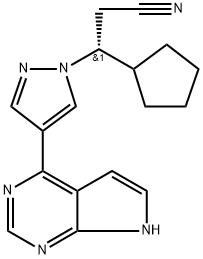
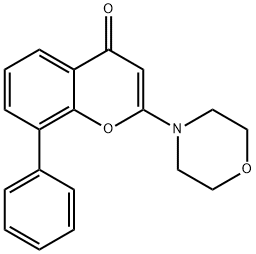
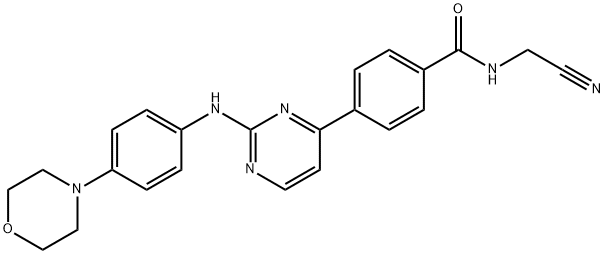
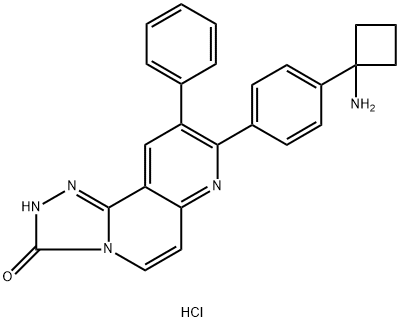

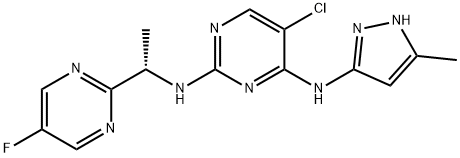
![N-(tert-Butyl)-3-[[5-methyl-2-[[4-(4-morpholinylmethyl)phenyl]amino]-4-pyrimidinyl]amino]benzenesulfonamide](https://img.chemicalbook.in/CAS/GIF/936091-15-5.gif)
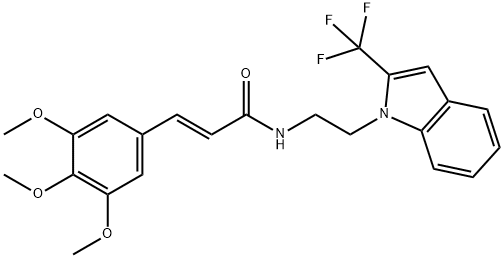
You may like
-
 TG101348 >95% CAS 936091-26-8View Details
TG101348 >95% CAS 936091-26-8View Details
936091-26-8 -
![tert-butyl 9-methoxy-3-azaspiro[5.5]undecane-3-carboxylate 98%](https://img.chemicalbook.in//Content/image/CP5.jpg) tert-butyl 9-methoxy-3-azaspiro[5.5]undecane-3-carboxylate 98%View Details
tert-butyl 9-methoxy-3-azaspiro[5.5]undecane-3-carboxylate 98%View Details
2640989-54-2 -
 Indole Ethyl Resin 98%View Details
Indole Ethyl Resin 98%View Details -
 Indole Methyl Resin 98%View Details
Indole Methyl Resin 98%View Details -
 N,N-Dicyclohexylcarbodiimide(DCC) 99%View Details
N,N-Dicyclohexylcarbodiimide(DCC) 99%View Details
538-75-0 -
 Boc-L-Ala-OH >98%View Details
Boc-L-Ala-OH >98%View Details
15761-38-3 -
 2-Methoxyphenothiazine >98%View Details
2-Methoxyphenothiazine >98%View Details
1771-18-2 -
 31972-52-8 >95%View Details
31972-52-8 >95%View Details
31972-52-8
